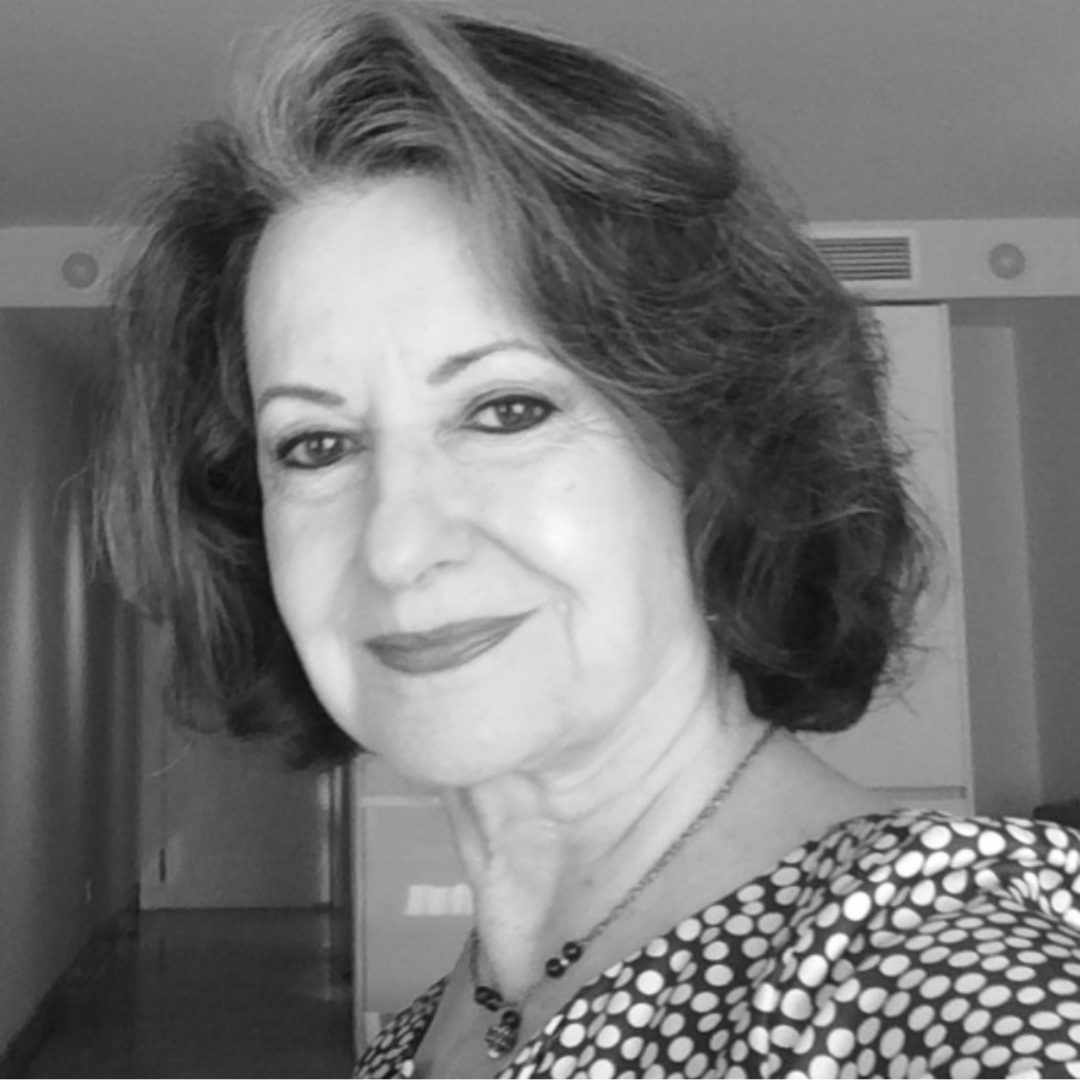VII ART, POWER AND GENDER CONFERENCE. IMAGERY AND FEMALE DEVOTION IN RENAISSANCE EUROPE
SPEAKERS
Palma Martínez Burgos
Universidad de Castilla la Mancha
Palma Martínez -Burgos has a PhD in Art History, and she is a Professor at the University of Castilla La Mancha in Toledo. In 1982 she was a ground-breaking scholar in the field of gender studies when she published a work in collaboration with George Duby focused on female orthodoxy, spirituality, and visual culture in the Reformation and Counterreformation during the sixteenth and seventeenth centuries. She has published extensively in national and international specialised journals. Some of her most outstanding projects are in the field of museography like her collaboration in Reyes y Mecenas (Toledo, 1992), Carolus (Toledo, 2000) and El Taller Del Greco (Athenas, October 2007- January 2008). She has curated the following exhibitions: Erasmo En España. La Recepción Del Humanismo (Salamanca 2002), Celosías (Toledo, 2006), Dominicas, Viii Centenario (Toledo 2007-2008), and La Estela Del Milagro: El Entierro Del Señor De Orgaz (Toledo, 2014) in commemoration of the 400th year anniversary of the birth of El Greco. Between 2008 and 2009 she coordinated the inventory of textiles in the Cathedral of Toledo. In 2014 she became the President of the XX National Art History Congress (CEHA), El Greco en su IV Centenario: Patrimonio Hispánico y Diálogo Intercultural, celebrated in Toledo overseeing as well the publication of the conference proceedings (2016). Since 2008 she is part of the Board of Trustees of the Museo Nacional de Escultura in Valladolid. She is the Head Researcher of the R+D project Toledo e Italia: relaciones artísticas de ida y vuelta en la Edad Moderna (SBPLY/19/180501/000311.). Recently, she has curated the exhibition El Greco. Un pittore nel laberinto, held at the Palazzo Reale in Milan.
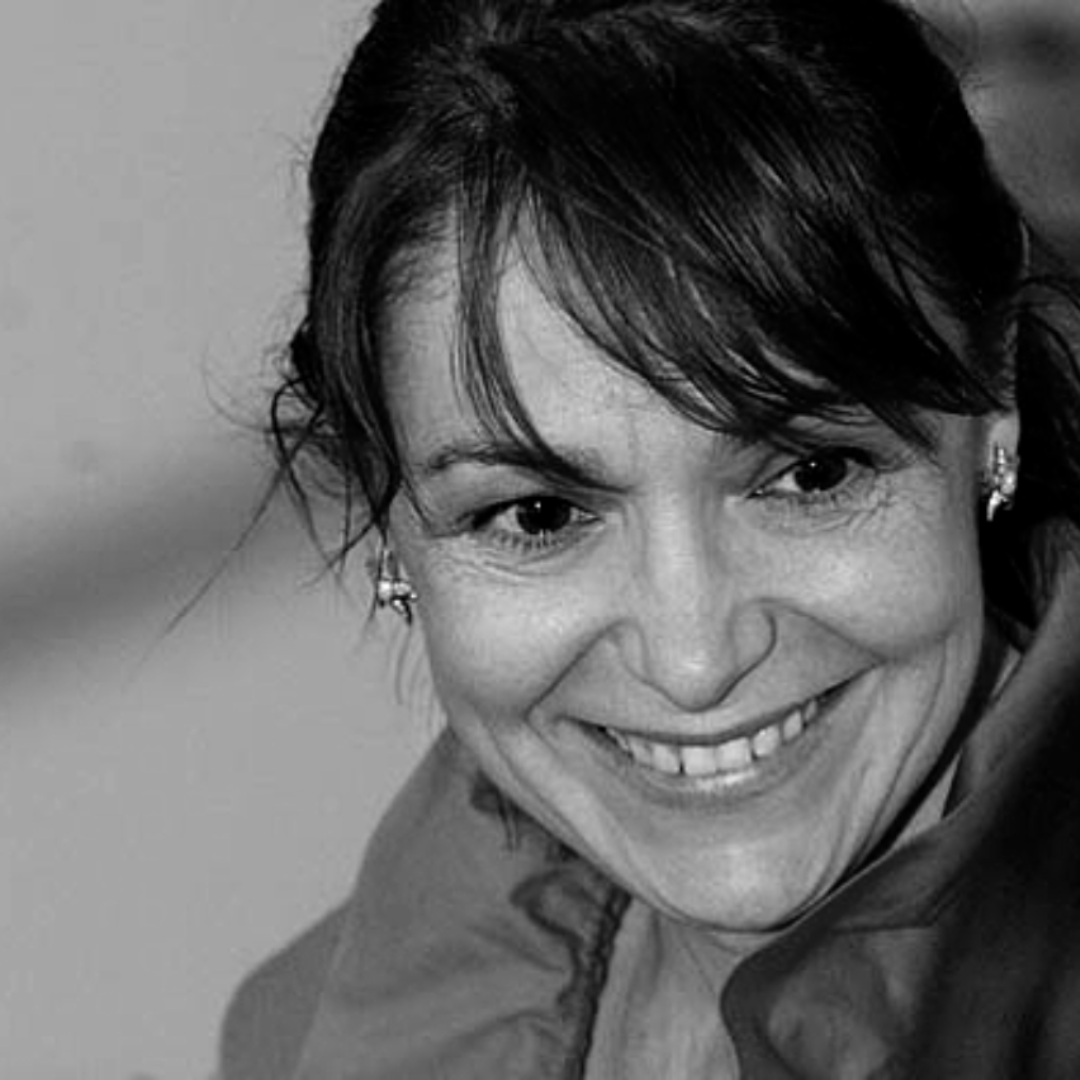
Juan Luis González García
Universidad Autónoma de Madrid
Juan Luis González García has a Bachelor of Arts in Geography and History. He is a Senior Lecturer of the Department of History and Theory of Art at the Universidad Autónoma de Madrid. He obtained his European PhD from the Universidad Complutense de Madrid, which was published under the title Imágenes sagradas y predicación visual en el Siglo de Oro (Akal, 2015). His current research focuses on the study of court collecting and the connections between art, theory and rhetoric in the Hispanic Renaissance and Baroque periods. He has been assistant curator of exhibitions such as Isabel la Católica: La magnificencia de un reinado (2004) and La materia de los sueños: Cristobal Colón (2006-2007), both of them celebrated in Valladolid. In addition to this, he has collaborated as a researcher in a dozen of competitive funded research projects, and he was the editor of Los inventarios de Carlos V y de la familia imperial (2010), which, between 1999 and 2004, were promoted by the Museo Nacional del Prado with the sponsorship of The Getty Grant Program (Los Ángeles). He was a Mellon Visiting Fellow at Harvard University Center for Italian Renaissance Studies (Villa I Tatti Florence) in 2011, and he enjoyed a Frances A. Yates Fellowship at The Warburg Institute in 2012. Currently, after publishing his most recent study Spolia Sancta. Reliquias y arte entre el Viejo y el Nuevo Mundo (Akal, 2023), he is the Head Researcher, along with Sara Fuentes Lázaro, in the project “Coadjutores: artistas e ideas migrantes en la globalización ibérica” [CoMArtis] (PID2020-117094GB-100).

Catherine Lawless
Trinity College
Dr Catherine Lawless is the Director of the Centre for Gender and Women’s Studies and a member of the Department of History of Art and Architecture in Trinity College Dublin. Her line of research focuses on gender, religious devotion and representation in late medieval and Renaissance Italian art, with a particular emphasis on the representation of the holy gendered body, the relationships between religious belief and representation, text and image, hagiography and iconography, and representation and gender. Among her most recent and remarkable publications, we find her contributions to books such as Power in History: from Medieval Ireland to the Postmodern World, Historical Studies XXVII (2011) and Visual, Material and Print Culture in Nineteenth-Century Ireland (2010), as well as numerous articles such as "Make Your House like a Temple'': Gender, Space and Domestic Devotion in Medieval Florence (2020) and Homosexuality and lesbianism in Irish newspapers in Gender and History (2022). Furthermore, she is also noteworthy for teaching a core module on Gender Theories, and a module on Art, Gender and Identity on the M.Phil in Gender and Women's Studies. She also contributes to the M.Phil in Medieval History with the module Saints and Sanctity. At an undergraduate level, she collaborates with Approaches to Art History and Criticism and Renaissance Florence. In 2003 she was awarded the Book Prize Collaborative Project by the Society of Early Modern Women. She is finishing a book on female sanctity and representation in medieval Florence.
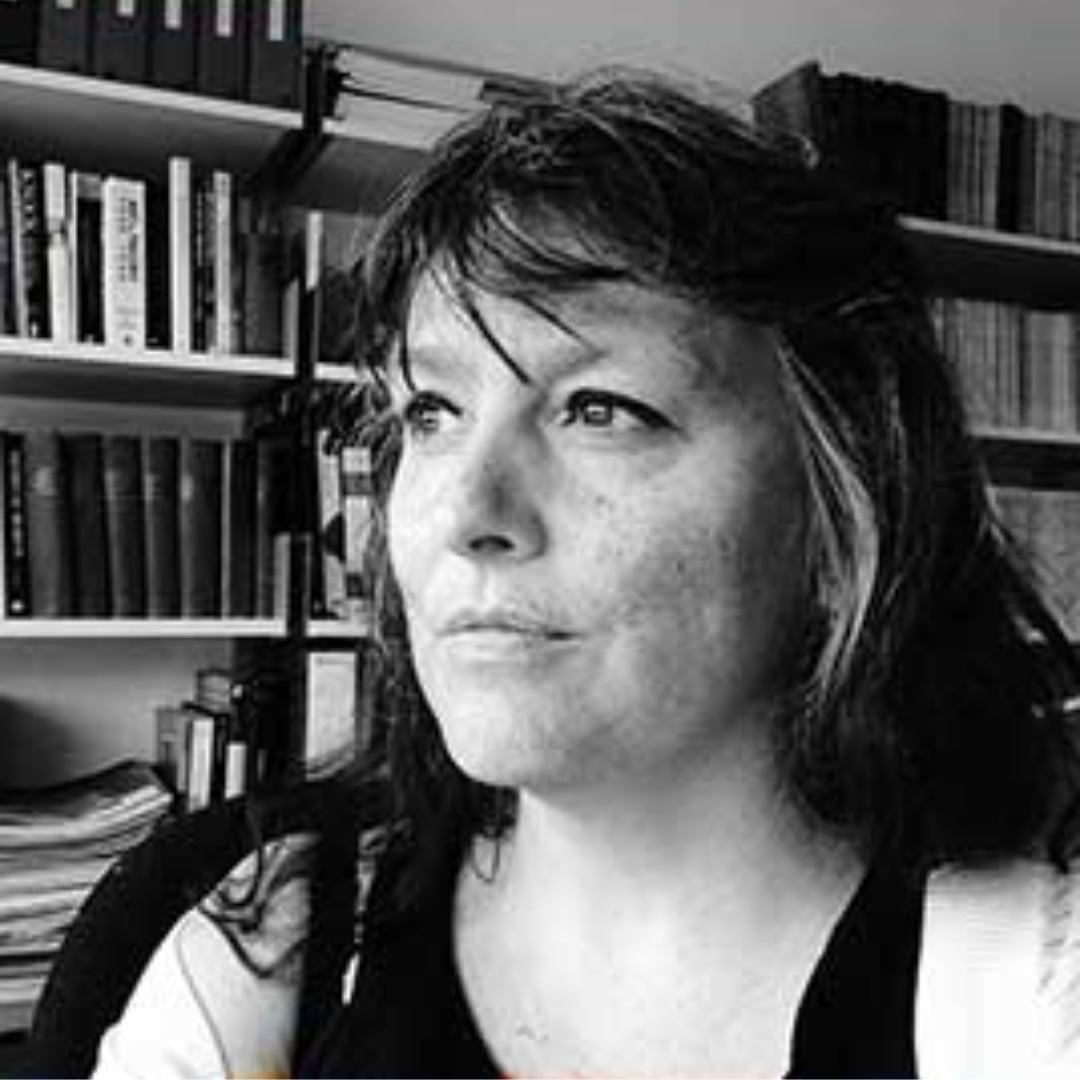
Olga Pérez Monzón
Universidad Autónoma de Madrid
Olga García Monzón has a PhD in History of Art from the Universidad Complutense of Madrid. She has been Associate Professor of History of Medieval Art at the Universidad Autónoma of Madrid and since 2010 she is Associate Professor at the Universidad Complutense. Throughout her career she has focused her research on late medieval Castile, paying attention to the parameters of visual culture, text-image interaction, the contemplative modes of paintings or artistic scenography. In the same way, she has treated the imaginary of the powerful or the anthropology of the image with forays into popular religiosity, its cultural uses and the artistic manifestations of the Military Orders. As a result, she is member of the international expert panel of the Project: Michel Sittow in the North? Altarpieces in Dialogue and is member of the current research project Glory and Luxury in Tallinn: The Altarpiece of St Mary (2022-2027), among others. She has participated in national and international conferences and seminars and her most recent contributions delve into works in the Castilian Late-Gothic style as well as international artists active in the court of Isabel I of Castilla (Michel Sittow) or authors linked to the House and Court of the Mendonza lineage, like her articles “Unas tablicas guardadas en un armario”. Devoción femenina, política y territorialidad en el políptico de Isabel I de Castilla (2023) or Entre imaginería, brocados, colores, pinceles y el arte nuevo. Patronato artístico femenino de María de Luna y la memoria paterna (2016).
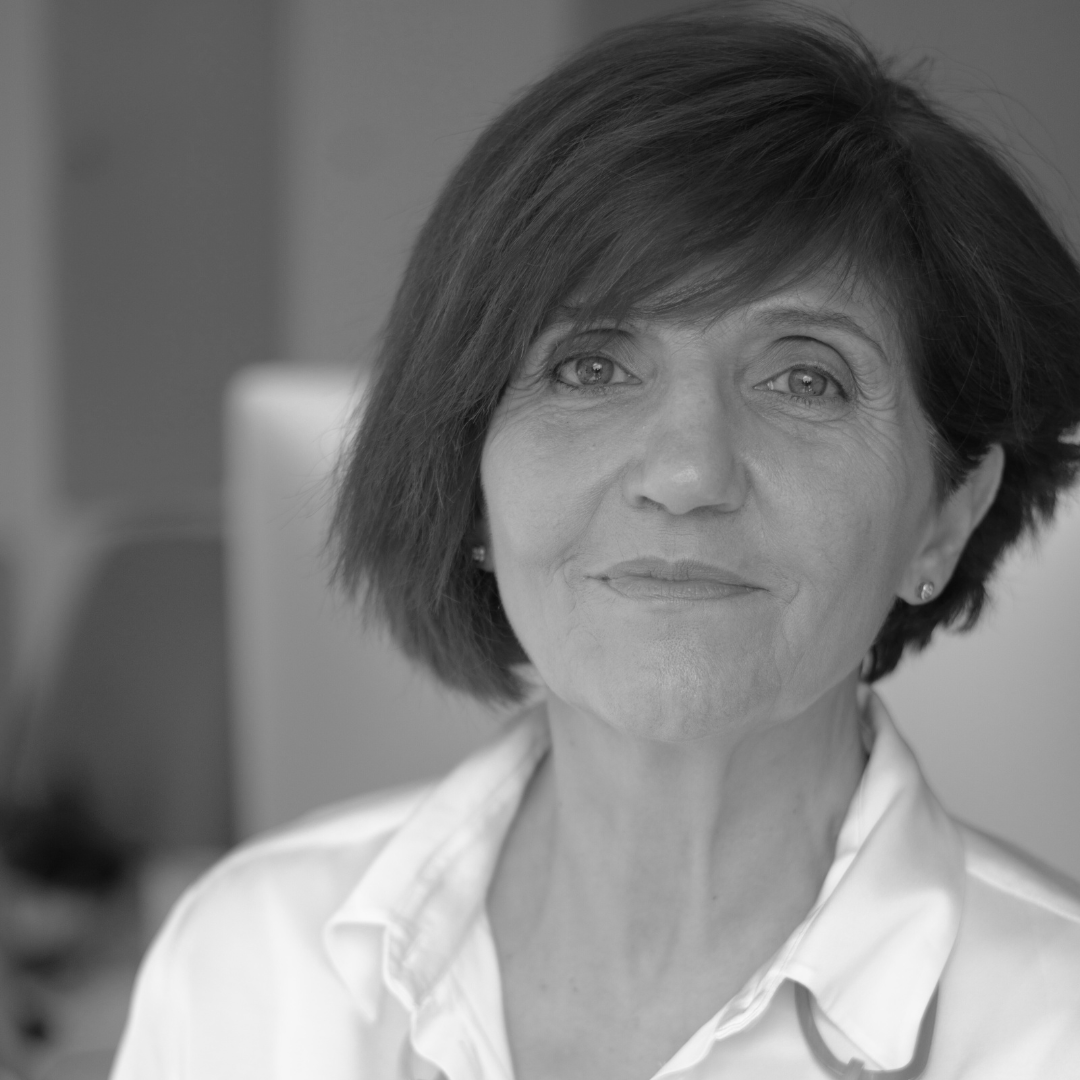
Ana García Sanz
Patrimonio Nacional
Ana García Sanz has a Bachelor of Arts in Art History from the Complutense University of Madrid in 1985 and since 1989 she has been working as a Curator in the Conservation Department on Patrimonio Nacional (Spanish National Heritage), being the chief director of two monasteries, Las Descalzas Reales in Madrid, and Santa Clara de Tordesillas, as well as of the collection of royal carpets. Regarding this position, she has worked on the inventory and cataloguing of the artistic collection, design and assembly of depots, exhibition projects and drafting of texts, as well as the curation and dissemination of the collections. She also invests part of her work in scholar activities, collaborating with many universities, foundations, cultural institutions, and other museums. Particularly relevant is the attention given to the research personnel of various research centers, facilitating access to the collections and the exchange of knowledge. As for her publications, these are centered on the museums and the collection entrusted to her, the most important being the book Las Descalzas Reales. Orígenes de una comunidad religiosa en el siglo XVI (2010) or the articles Los tapices de la Eucaristía. Función y ubicación en el Monasterio de las Descalzas Reales (2014), Jeanne d’Autriche fondatriche des Dëchaussées royales de Madrid (2016), and A Personal Project: The Founding of Madrid's Descalzas Reales (2021).
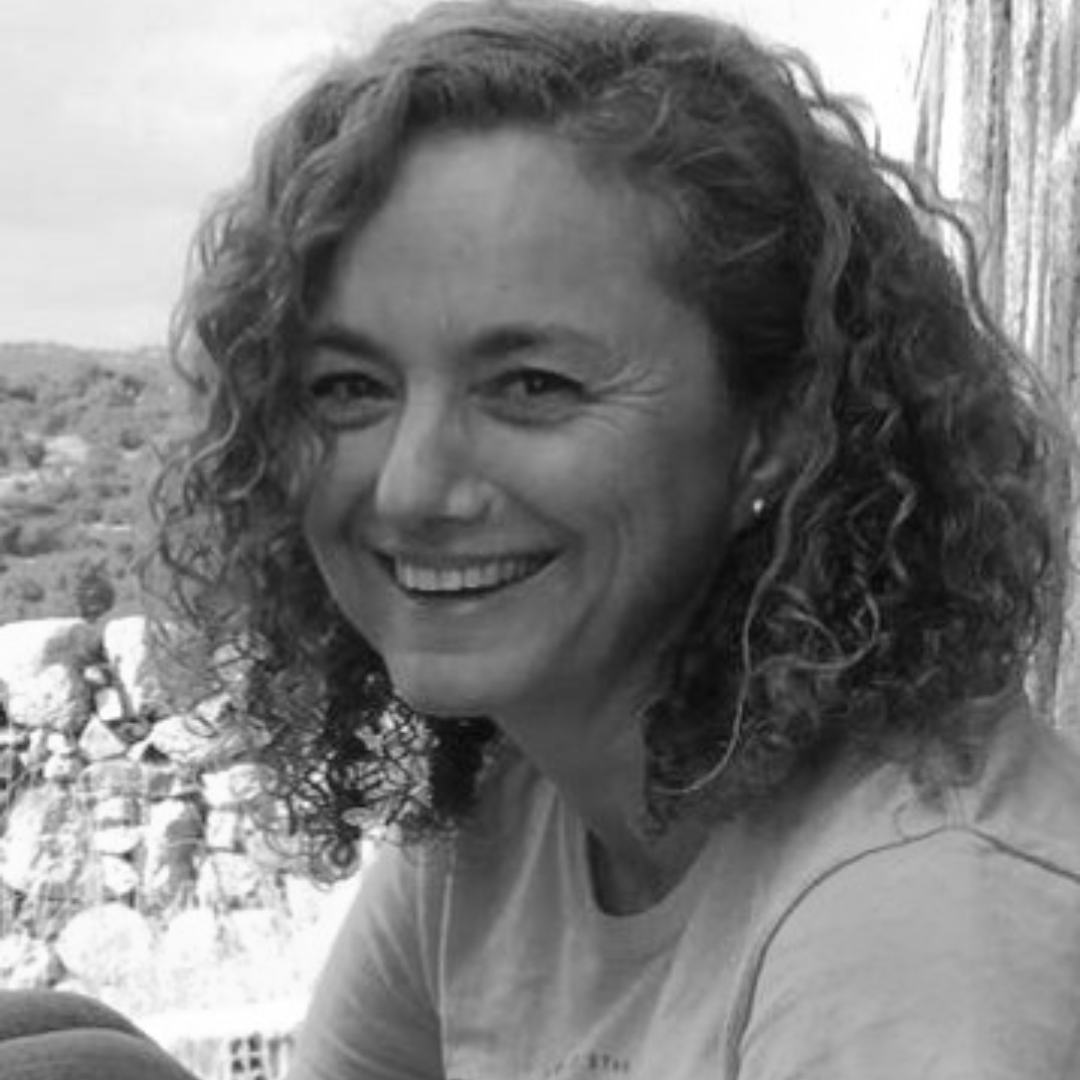
Aintzane Erkizia Martikorena
Universidad del País Vasco/Euskal Herriko Unibertsitatea
Aintzane has a PhD with her dissertation El sagrario romanista en la diócesis de Vitoria (ca. 1573-1631) and her lines of research focus on medieval and modern art in the Basque Country in the 15th and 16th centuries, with a special interest in liturgical furniture. After working as a technician at the Museo Diocesano de Arte Sacro de Vitoria-Gasteiz, in 2014 she joined the University of the País Vasco, where she is an Assistant Professor. She is a member of research projects and groups such as Disrupciones y continuidades en el proceso de la modernidad, siglos XVI-XIX. Un análisis multidisciplinar (Historia, Arte, Literatura) and Sedes Memoriae 2: memorias de cultos y las artes del altar en las catedrales medievales hispanas. She has participated in several congresses on the history of medieval and modern art, collaborates with public institutions responsible for heritage management and devotes part of her activity to scientific dissemination through the media. Among her most recent publications are book chapters such as Bordar la santidad. Estudio histórico-artístico de los relicarios de Martioda (2023), articles such as Masterpieces for Popular Devotion. The Diocesan Museum of Sacred Art in Vitoria-Gasteiz (Spain) (2023) or the coordination of publications such Mujeres, promoción artística e imagen del poder en lo siglos XV al XIX (2023), together with José Javier Vélez Chaurri.
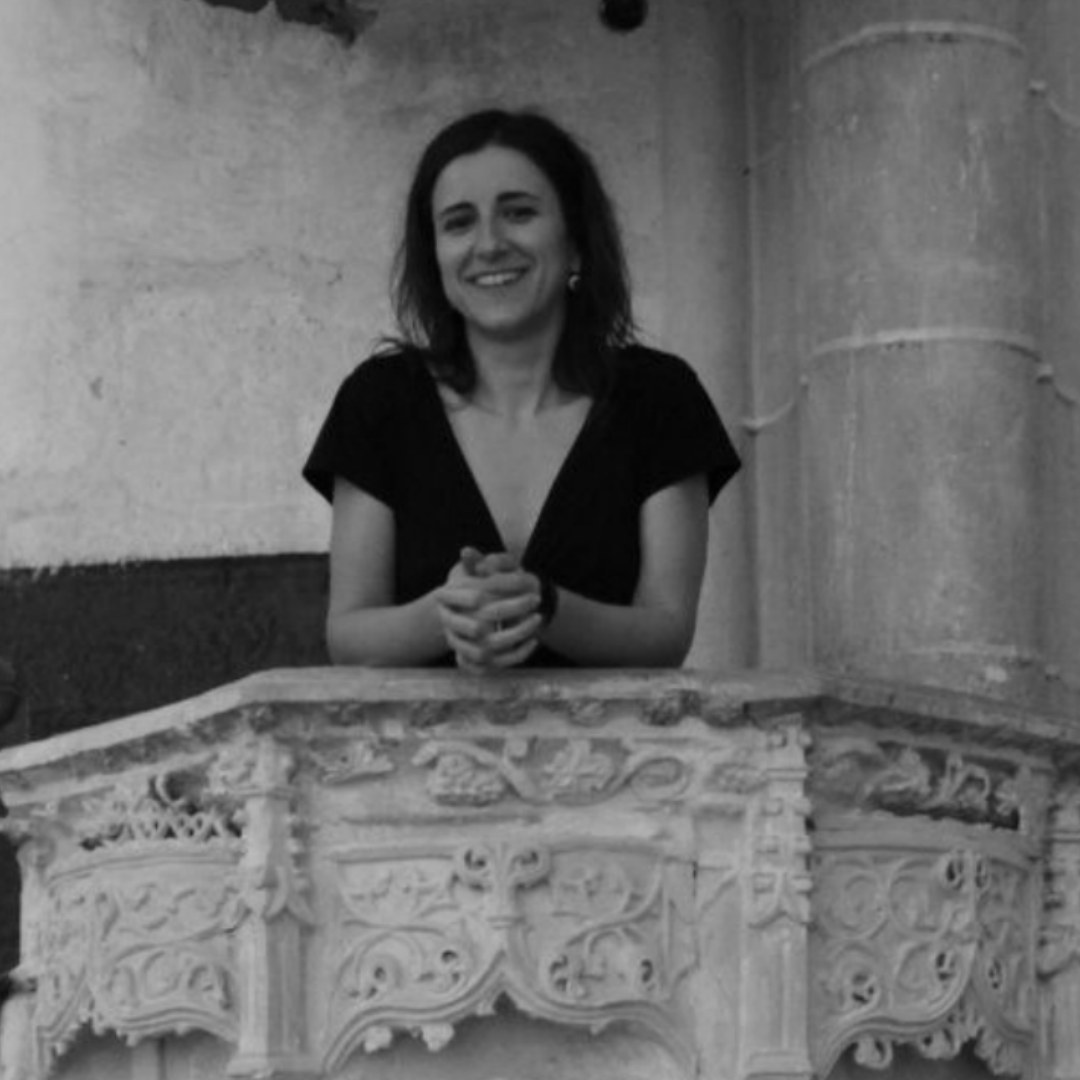
Miguel Ángel Zalama Rodríguez
Universidad de Valladolid
Es catedrático y director del Departamento de Historia del Arte de la Universidad de Valladolid, donde se doctoró con una tesis sobre arquitectura en el siglo XVI. Durante 1988-1989 permaneció como investigador en el Institute of Fine Arts de la Universidad de Nueva York, trabajando con el hispanista Jonathan Brown, y posteriormente se trasladó a la Universidad de La Sapienza, Roma. Ha sido profesor invitado en la Université Catholique de l’Ouest, Angers (Francia), y de la Universidad de Monterrey (México). Especializado en la historia y la teoría del arte de época tardomedieval y renacentista, ha publicado numerosos trabajos al respecto y dirigido sucesivos proyectos I+D tales como “Reinas, princesas e infantas en el entorno de los Reyes Católicos. Magnificencia, mecenazgo, tesoros artísticos, intercambio cultural y su legado a través de la historia” desarrollado entre los años 2018 y 2022. Coordinador del Grupo de Investigación Reconocido Arte, poder y sociedad en la Edad Moderna, en la actualidad es director del Centro Tordesillas de Relaciones con Iberoamérica de la Universidad de Valladolid. Comisario de la exposición Felipe I el Hermoso. La belleza y la locura Burgos, 2006-Brujas, 2007. Entre sus publicaciones más recientes se cuentan Juana I. Arte, poder y cultura en torno a una reina que no gobernó (2010), The ceremonial decoration of the Alcázar in Madrid: The use of tapestries and paintings in Habsburg festivities (2015), El Renacimiento. Artes, artistas, teorías y comitentes (2016), Lujo y ostentación. El tesoro de María de Aragón y Castilla, esposa de Manuel I de Portugal (2017), Magnificencia y arte (2018), Ellas siempre han estado ahí. Coleccionismo y mujeres (2019), Las hijas de los Reyes Católicos: magnificencia y patronazgo de cuatro reinas (2020) y Entre la política y las artes: señoras del poder (2022).
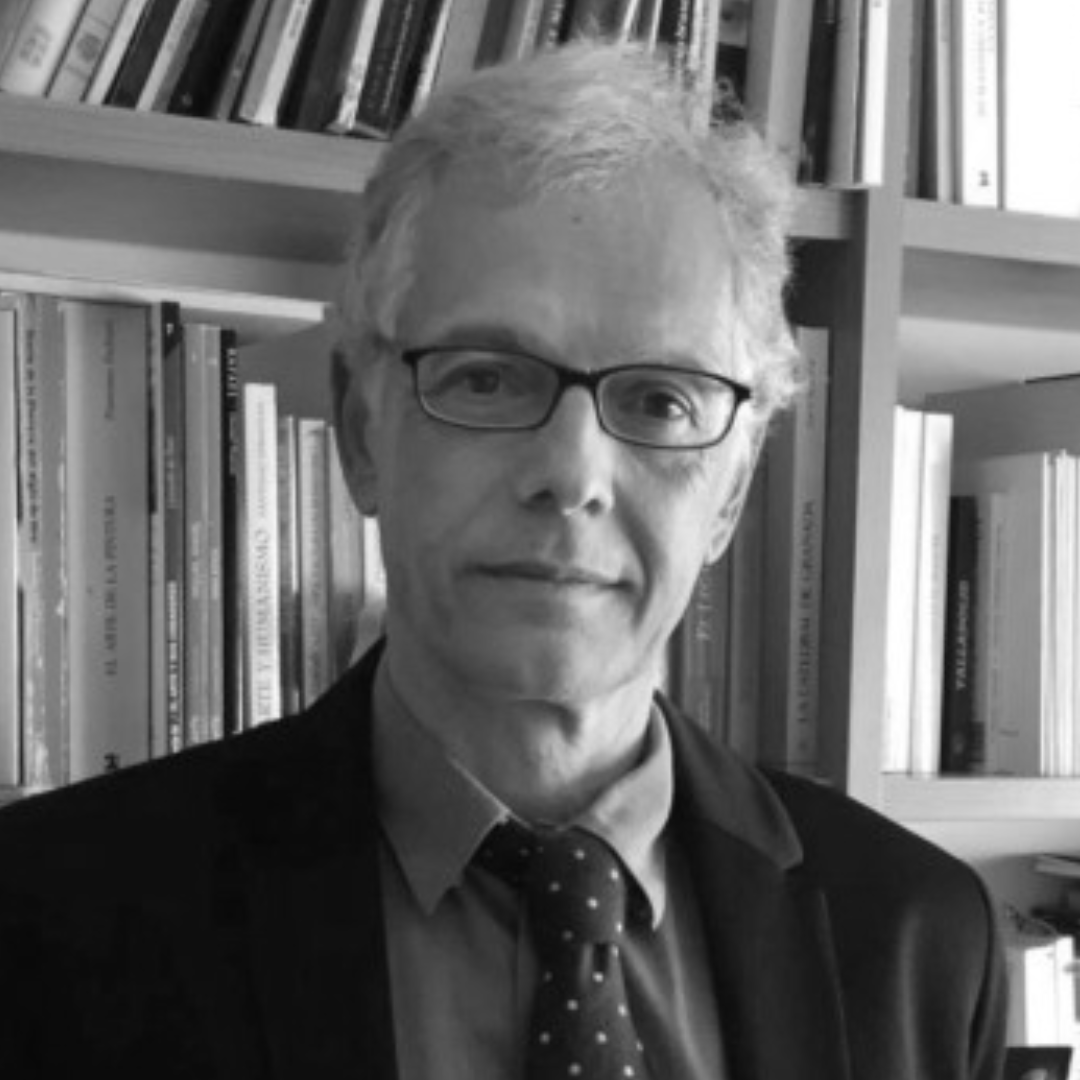
Elisabeth l'Estrange has a Bachelor's degree in English Language and Literature, a Master's degree in Medieval Studies, and a PhD in Art History from the University of Leeds. Before joining the Department of Art History, Curating, and Visual Studies at the University of Birmingham in 2011, she worked at the University of Liege in Belgium, where she received postdoctoral fellowships from the Leverhulme Trust (2004-2006) and the National Fund for Scientific Research (2007-2010). In 2011, she spent three months in Rome on a research fellowship from the Darchis Foundation. That same year, she co-edited two essay collections ("Re-Presenting Medieval Genders and Sexualities: Construction, Transformation" and "Le mécénat féminin en France et en Bourgogne, XIVe-XVIe"). In 2015, she co-organized an international conference on Mary of Burgundy held at the Birmingham Brussels office and the Groeningen Museum in Bruges. She has also taken part in fellowships from the Medieval Academy of America, the Newberry Library in Chicago, the Scouloudi Foundation (IHR), and the Neil Ker Memorial Fund of the British Academy. From September 2017 to January 2018, she was a fellow at the Institute for Advanced Studies in Paris. Elizabeth L'Estrange's research primarily focuses on the art and culture of the medieval and early modern periods (c. 1350-1600), with a particular emphasis on illuminated manuscripts and gender issues in visual culture. In 2008, she published "Holy Motherhood: Gender, Dynasty and Visual Culture in the Late Middle Ages," which won the first prize for the Medieval Feminist Scholarship Society's book in 2010. This study, which focuses on Books of Hours owned by aristocratic women and their relationship with the material culture of motherhood, has paced the way for other articles on women's patronage at the French court, including Anne of Brittany, Anne of France and Claude of France. Her second monograph, "Anne de Graville and Women's Literary Networks in Early Modern France," was published in April 2023. Her second monograph, "Anne de Graville and Women's Literary Networks in Early Modern France," was published in April 2023. This investigation constitutes the first major study of Graville’s work, specially with the books she wrote for Queen Claude of France and Louise of Savoy, mother of Francis I; and also her contribution to the debate known as the 'querelle des femmes'. Her research has also focused on the female gaze and methodological approaches to assessing women's agency as viewers. She is also interested in broader issues of gender and sexuality in the medieval and early modern periods.
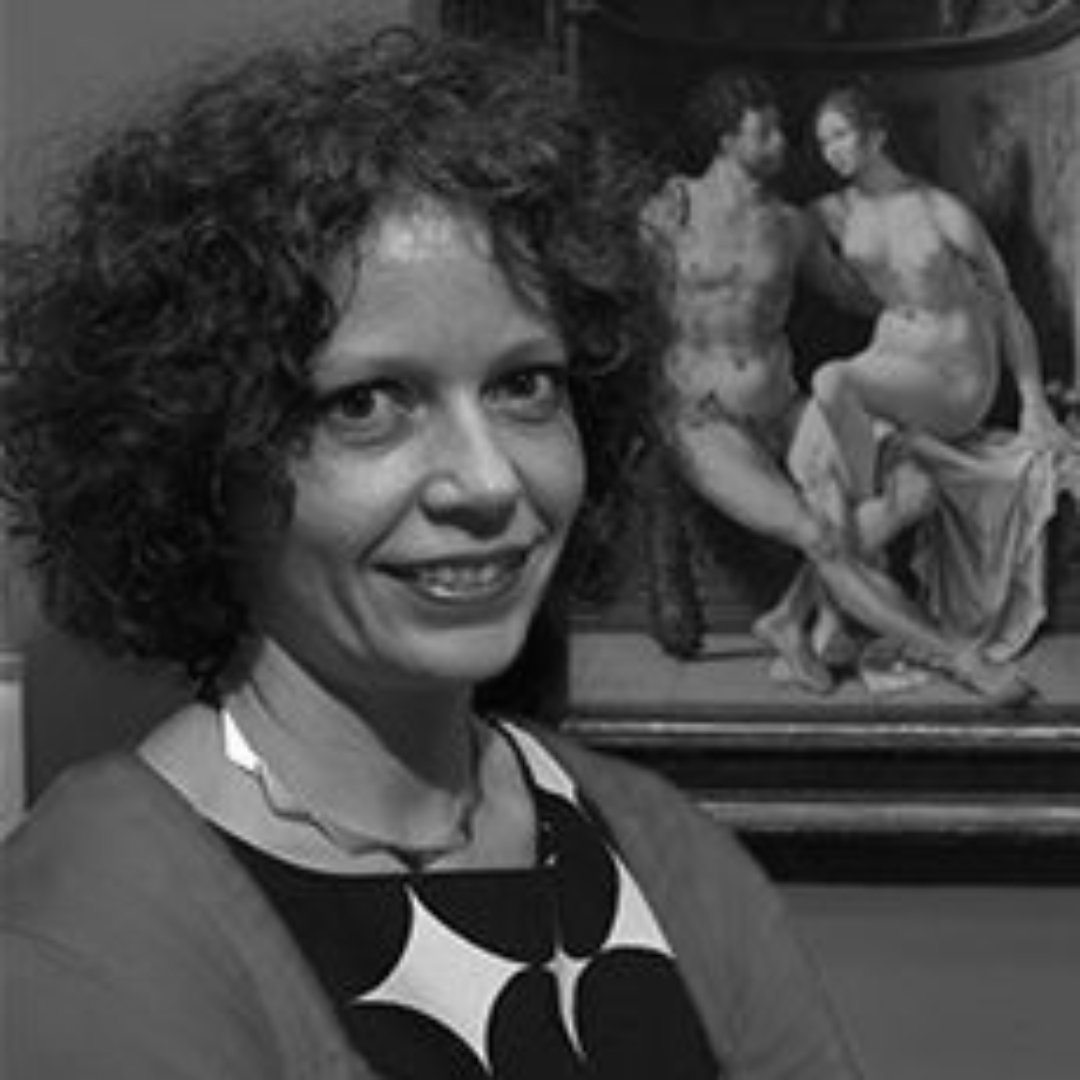
Holly F. Flora
Tulane School of Liberal Arts
Holly Flora has a PhD from New York University and serves as an Assistant Professor in the Art Department of Newcomb at Tulane University. Professor Flora's academic work focuses on exploring themes of narrative, imagination, materiality, and gender in late Medieval and early Renaissance devotional art in Italy. Throughout her academic career, she has received numerous research fellowships, including awards from the American Association of University Women, the Metropolitan Museum of Art, the Scuola Normale Superiore in Pisa, the Samuel Kress Foundation, and the International Center of Medieval Art. In 2010-11, she was named the Millicent Mercer Johnsen Rome Prize Fellow in Medieval Studies at the American Academy in Rome. In 2015-16, she received the Jean-Francois Malle Fellowship at the Center for Renaissance Studies at Villa I Tatti in Florence, and in 2016-17, she received a grant from the Louisiana Board of Regents Artists and Scholars. Among her publications, notable works include "The Devout Belief of the Imagination: the Paris Meditationes Vitae Christi and Female Franciscan Spirituality in Trecento Italy" (Brepols, 2009) and "Cimabue and the Franciscans" (Brepols, 2018).

Melania Soler Moratón
Universidad de Murcia
Melania Soler Moratón es contratada Postdoctoral Margarita Salas de la Universidad de Murcia, en la actualidad realiza una estancia en la Universidad de Valladolid. Tiene un doctorado en Historia del Arte por la Universidad de Murcia. Es miembro del grupo de investigación “Arte, Poder y Género” y forma parte de los proyectos de investigación “Medallas Retrato y Poder Femenino en la Europa del Renacimiento: Las Mujeres de la Monarquía Hispánica”, financiado por el Ministerio de Ciencia e Innovación, y “Poder, Género y Representación: Medallas retratos femeninas en las cortes del Renacimiento en Europa” de la Fundación Séneca. Sus intereses en investigación se centran en la construcción de la identidad devocional femenina durante la Baja Edad Media y la Alta Edad Moderna, con especial atención a las mujeres de la Casa Trastámara. Ha editado María de Hungría y Juana de Austria (Murcia, 2020), y Mujer y retrato en la Edad Moderna: Usos, funciones y formas de exhibición (Madrid, 2023). Ha publicado diversos artículos de investigación como "Retratos de piedad, retratos de poder: las representaciones devocionales de Isabel I de Castilla y de su heredera, Juana I, y su simbología pública" (Potestas, 2022), que recibió el tercer premio de la Revista Royal Studies en 2023. Su próximo libro se titula Pietatis Affectus: género y devoción en los tesoros de las últimas Trastámara (Madrid, en prensa).
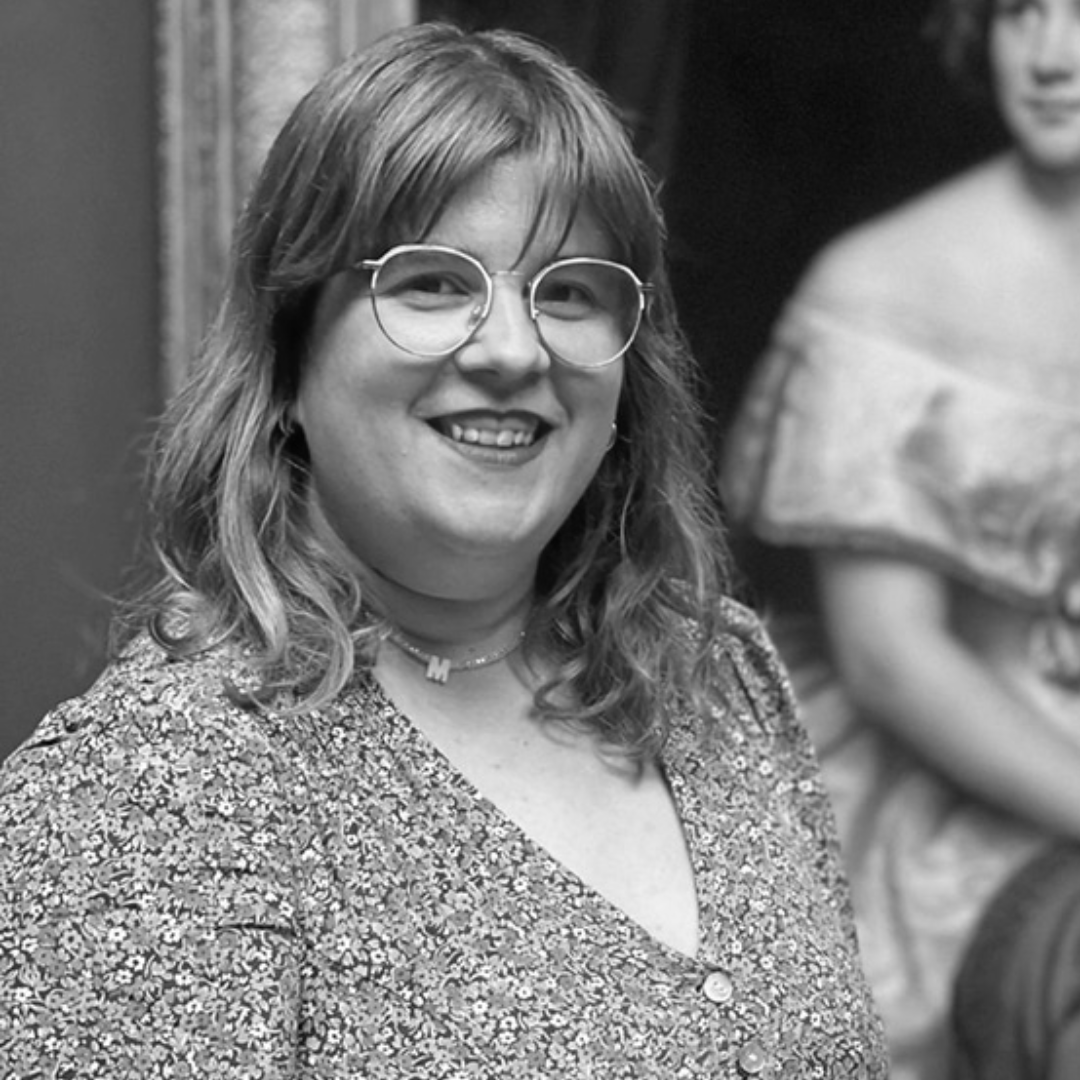
Andrea Pearson
American University, Washington, D.C.
Andrea Person is Associate Professor of Art History at the University of America. Her studies focus primarily on the visual culture of Late Medieval and Early Modern Europe, with a special interest topic related to women, gender, and sexuality in the Netherlands. One of her most recent publications is "Gardens of Love and the Limits of Morality in Early Netherlandish Art" (2019), followed by another titled "Envisioning Gender in Burgundian Devotional Art 1350-1530: Experience, Authority, Resistance" (2005), for which she received an Honorable Mention for Best First Book from the academic organization Society for Medieval Feminist Scholarship. It was also noted as a book of interest by The Chronicle of Higher Education. She was also editor of "Women and Portraits in Early Modern Europe: Gender, Agency, Identity" (2008). As for her articles, Andrea Person has written on various topics for the journals “Art History”, “Gesta”, “Historians of Netherlandish Art”, or “Renaissance Quarterly”. She is currently working on a new book titled "Sex, Gender, and Virtue Ethics in the Medieval Housebook”, which focuses on the figure of the “Housebook Master” engraver. Additionally, she is also vice president of the “Society for Medieval Feminist Scholarship Society for the Study of Early Modern Women.
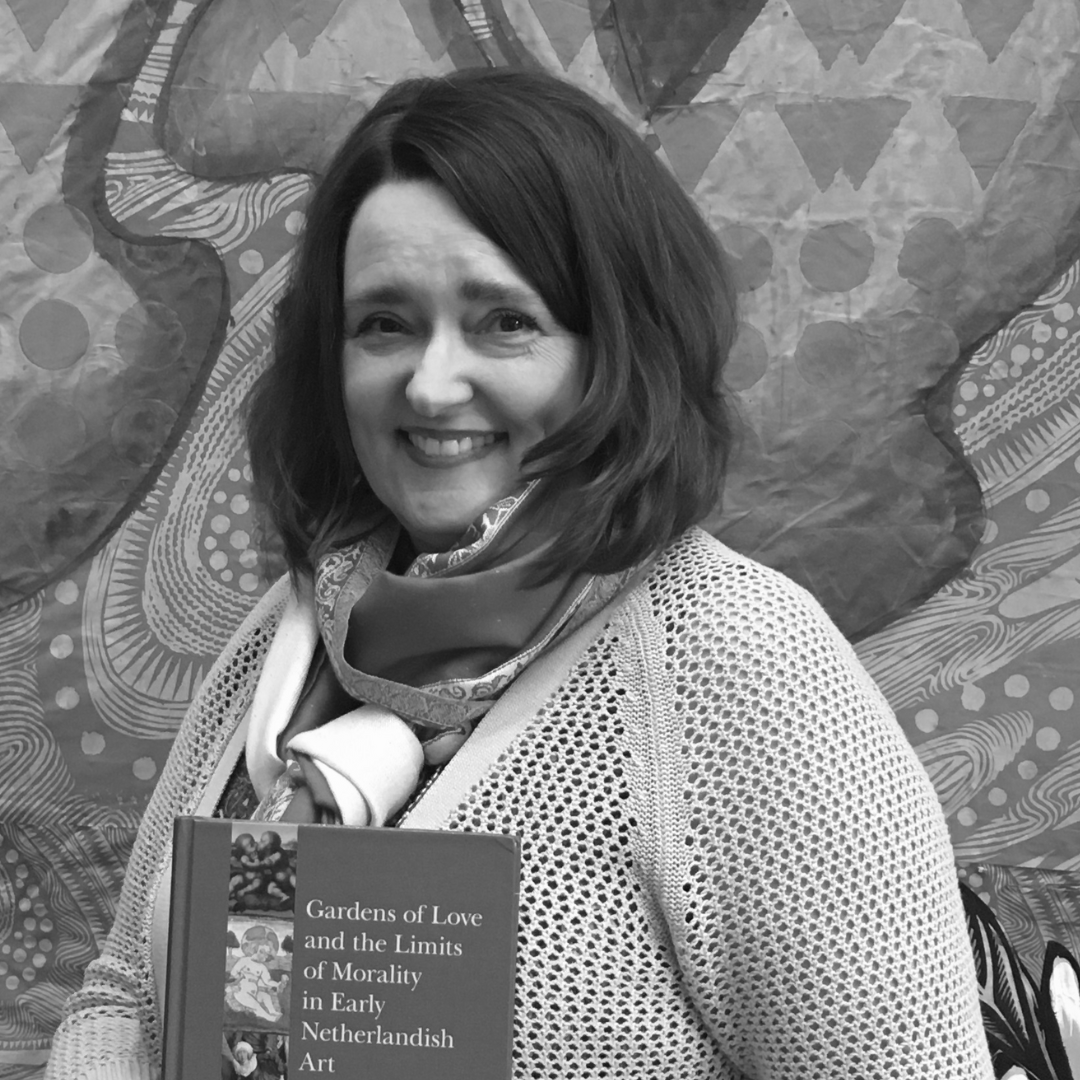
With the participation of...
María José Rodríguez-Salgado
London School of Economics
María José Rodríguez Salgado is Emerit Professor of International History at the London School of Economics, Associate Member of the History Faculty of Oxford University, member of the Royal Academy of Hisntory and Fellow of the Royal Historical Society. She has a Bachelor of Arts in History from the University of Durham and a PhD from the University of Hull. She started teaching at the University of St. Andrews in Scotland in 1979. She later taught at the University of Newcastle-Upon-Tyne and in 1985 she joined the International History Department at the London School of Economics and Political Science in London where she obtained the Professorship in International History in 1996. In 1988 she curated the exhibition about the Gran Armada and has collaborated in several others. The most significant publications from these projects are England, Spain, and the Gran Armada, 1585-1604 (1991), The Changing Face of Empire: Charles V, Philip II and Habsburg Authority 1551-1559 (1988), and Armada. The Official Catalogue of the National Maritime Museum Exhibition (1988). Her extensive research career has focused on the international relations between the fifteenth and seventeenth centuries as well as various aspects of the courts of Charles V and Philip II. Furthermore, she has also published articles and book chapters foucsed on key female figures such as the Queen Isabel of Valois in the article "Una Perfecta Princesa. Casa y vida de la reina Isabel de Valois (1559-1568).” Primera Parte’ (2003), or the governor Mary of Hungary, with her contribution on the volume Mary of Hungary. Renaissance Patron and Collector. Gender, Art, and Culture (2020). Her latest article pays attention to this key figure, “Captive in a Portrait Gallery: Titian’s Portraits of John Frederick I of Saxony (c.1548 and c. 1551) and the Collection of Mary of Austria, Queen of Hungary” (2024).
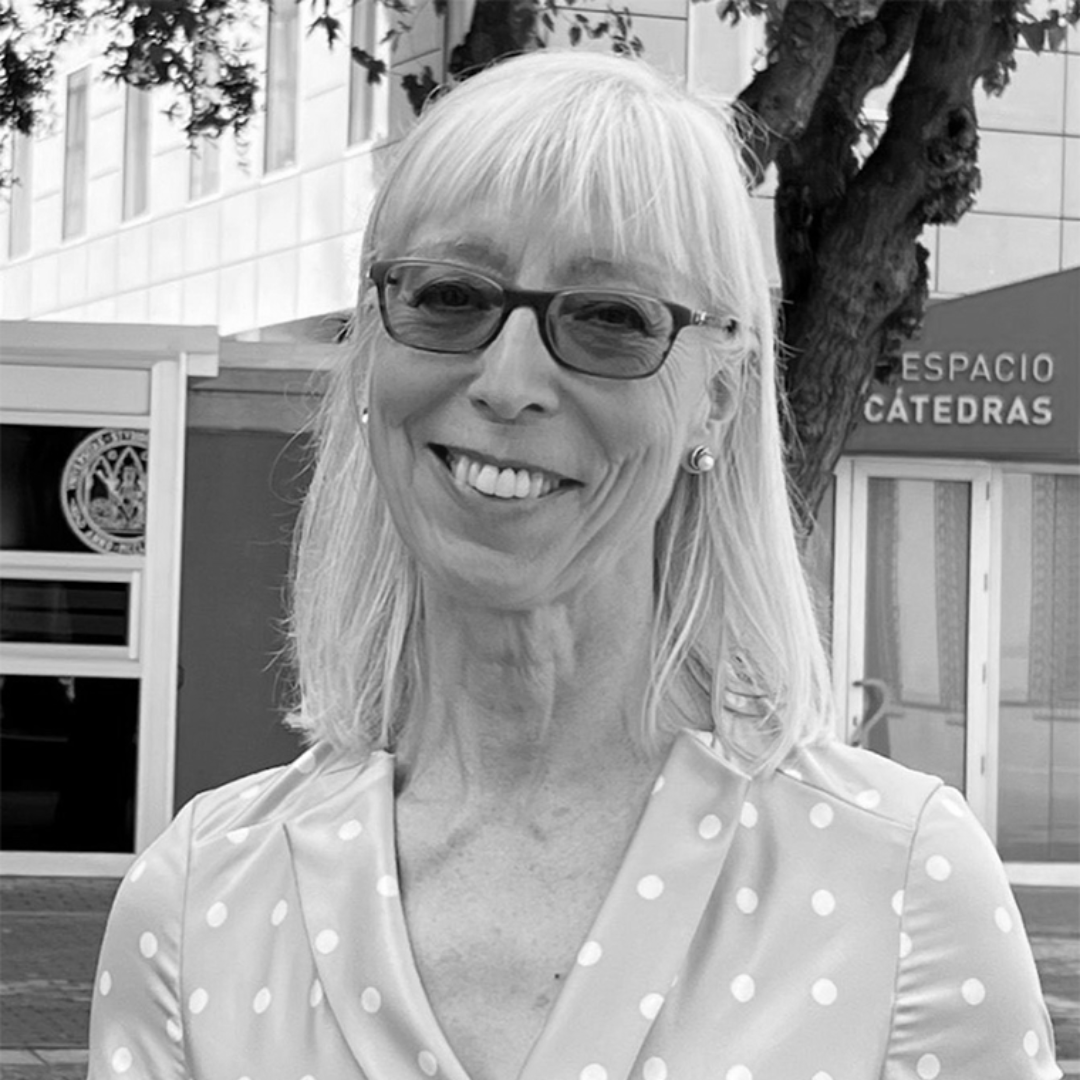
Emma L. Cahill Marrón
Art, Power and Gender Research Group
Emma Luisa Cahill Marrón has a PhD in Art History from the University of Murcia, and she is a specialist in the artistic patronage of Queen Catherine of Aragon. She is the International Outreach Coordinator for the Art, Power, and Gender Research Group, and she collaborates in the research projects ‘Medallas retrato y poder femenino en la Europa del Renacimiento (I): Las mujeres de la Monarquía Hispánica y del proyecto,’ and ‘Poder, Género y Representación: Medallas retratos femeninas en las cortes del Renacimiento en Europa (Francia, Inglaterra y Escocia).’ In 2022 she received the BritishSpanish Society Santander Universities UK Scholarship for her study on the portrait collections of King and Queen Henry VIII and Catherine of Aragon. In 2023, she was ARTES-CEEH Scholar and carried out a comparative study on the role played by Spanish and English royal women in the beginning of the portrait collections in the Museo Nacional del Prado and the Royal Collection Trust. In April 2022 she gave a conference in the Museo Nacional del Prado dealing with the portrait exchanges between the Spanish Monarchy and the Tudor dynasty in the fifteenth and sixteenth centuries. In March 2023 she gave the Art History Spring Lecture ‘Women Artists and Female Patrons in Tudor England’ in the American University. She participated in the initiative The Female Perspective writing the catalogue entry about Queen Mary I of England and the portrait painted by Anthonis Mor in 1554. At the beginning of 2023 she organized the international seminar ‘The Education of a Christian Woman (1523) in the Construction of the Image of Female Power of Queen Mary I of England (1553-1558)’ that resulted in the edition of a book she is currently working on that will be dedicated to the construction of the image of power of Queen Mary I of England and her role as a patron of Renaissance art. At the end of 2024 she will be Residential Scholar at the Yale Center for British Art to study their first miniature portraits in the Renaissance style and research the possibility that these artworks were painted by Susanna Horenbout.

Anne J. Cruz
University of Miami
Anne Cruz obtained her PhD in Spanish Golden Age Literature in the University of Stanford (California). She is professor emeritus of Golden Age Literature at the Department of Languages and Literature of the University of Miami (Florida). Her publications include studies regarding Golden Age poetry, Spanish women writers, the piquaresque novels, or Cervantes. She has been editor of several collective publications, such as “Early Modern Habsburg Women: Transnational Contexts, Dynastic Continuities, Cultural Politics” (2013) with Maria Galli Stampino, “Beyond Spain’s Borders: Women Players in Early Modern National Theaters” (2016) with María Cristina Quintero, and “Routledge Research Companion to Early Modern Spanish Women Writers” (2017) with Nieves Baranda Leturio. She is founder member of the Society for Renaissance and Baroque Hispanic Poetry, of the Chicago Cervantes Symposium and the Florida Cervantes Symposium. In 2015 she became member of the Real Academia de la Historia and in 2016 she joined the Orden de Don Quijote of the Sociedad Nacional Honoraria Hispánica Sigma Delta Pi. She currently co-directs the scientific journal “Early Modern Women: An Interdisciplinary Journal” and is editor of the series “New Hispanisms: Cultural and Literary Studies” published by the University of Nebraska.
